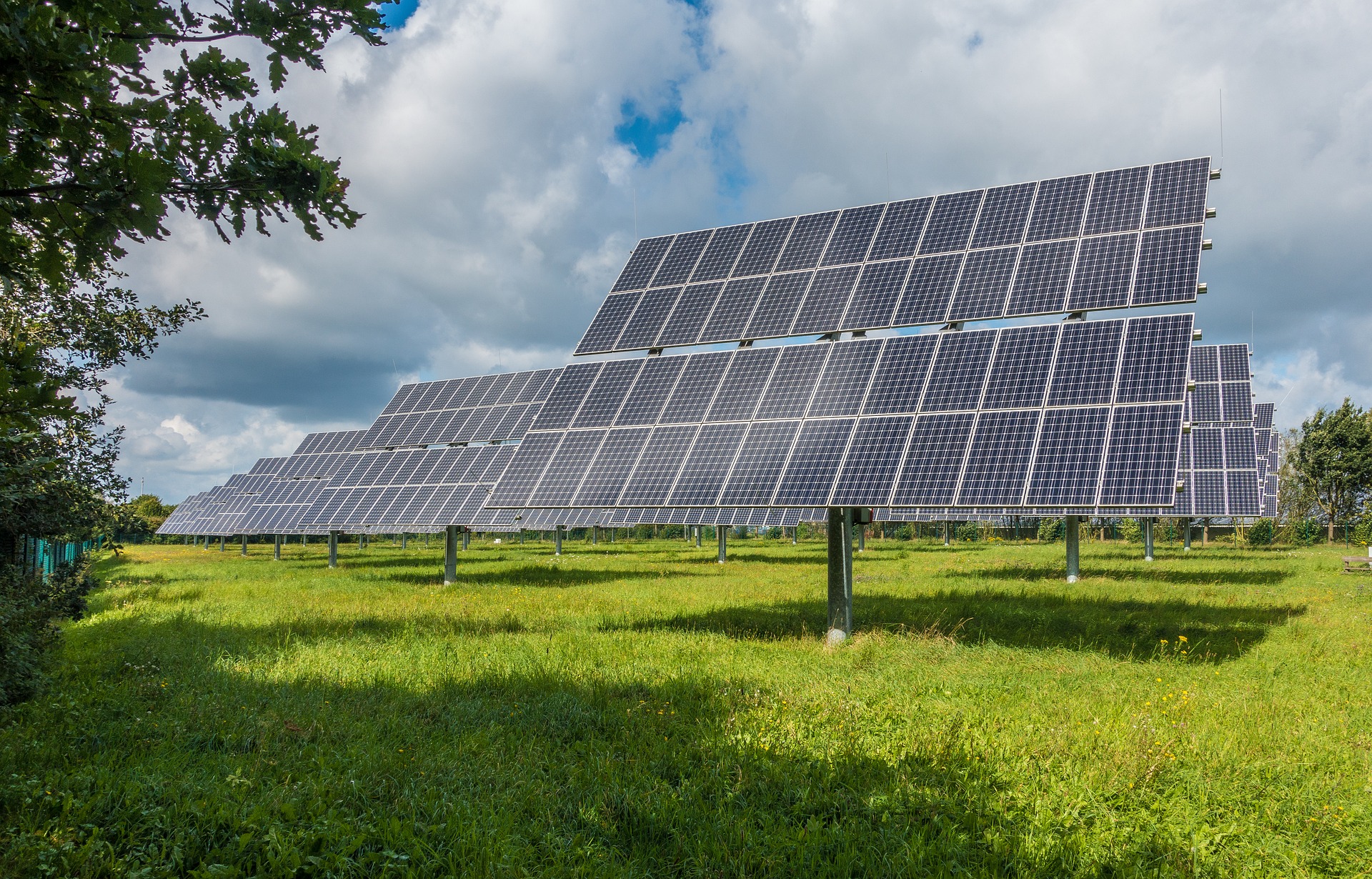

Meeting the Danish climate targets requires a significant electrification of the heating, industry and transport sectors, and electricity for PtX plants, which are to produce green fuels. In addition, there is a rising demand to supply electricity for data centres.
To meet the rising electricity consumption, the production of electricity needs to increase as well. Land-based renewable energy are the cheapest energy sources. The levelized costs of energy of ground mounted PV plants are currently at the level of land-based wind turbines, and by 2030 they are expected to be the cheapest source of power.
The purpose of this analysis was to investigate:
As a part of the project, analyses have been carried out with the power system model Balmorel, which showed that Danish solar plants in the current framework potentially can deliver 16,5 TWh in 2030, corresponding to a capacity of 16,3 GWp without the need for production subsidies.
The analysis also showed that the expansion of solar PV in Denmark is sensitive to the competition from RE-projects in neighbouring countries because the electricity markets are closely linked together.
The project was carried out for Dansk Solkraft (association of the leading companies in the Danish solar industry), and it ran from January to June 2021.

Find information about one of our projects in Türkiye here.